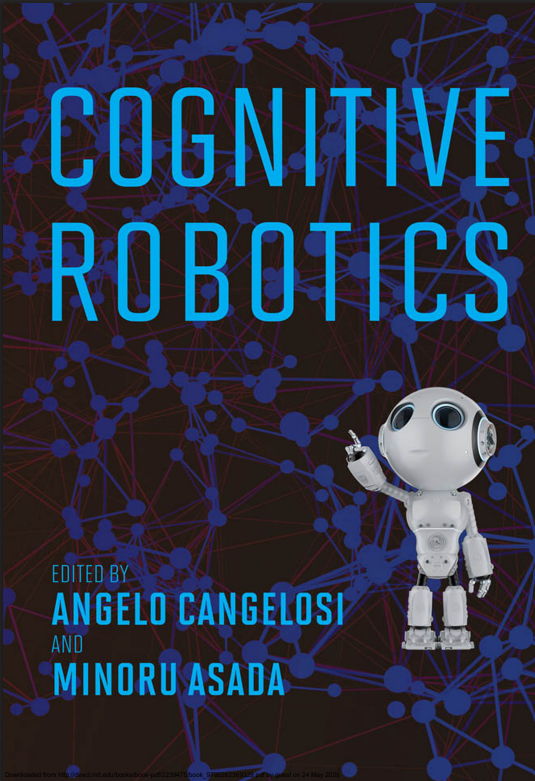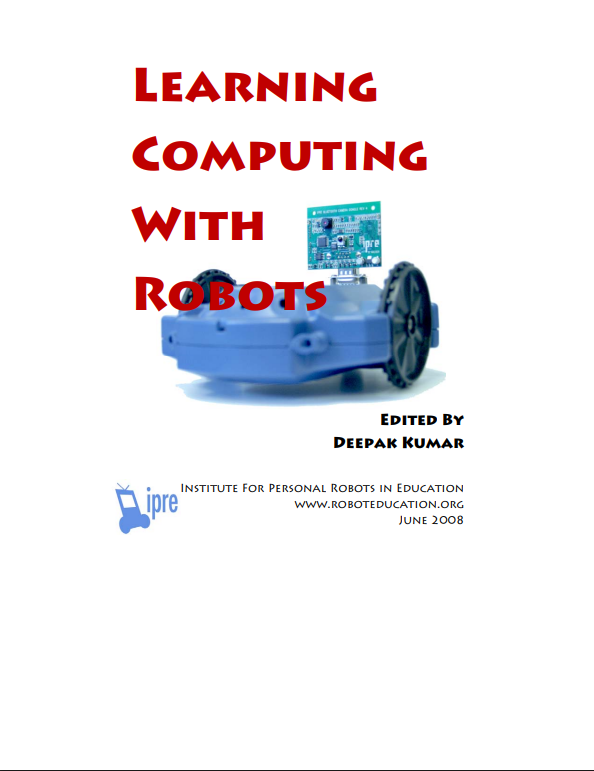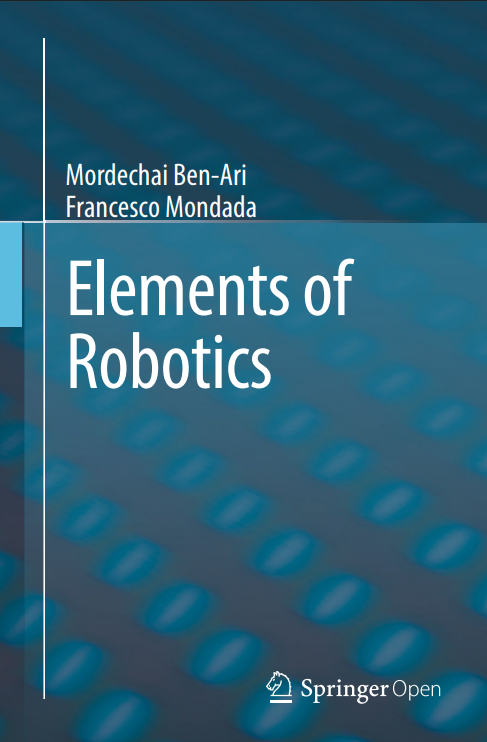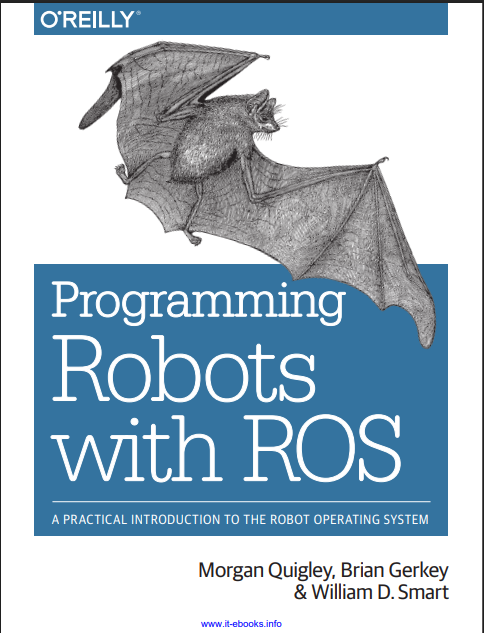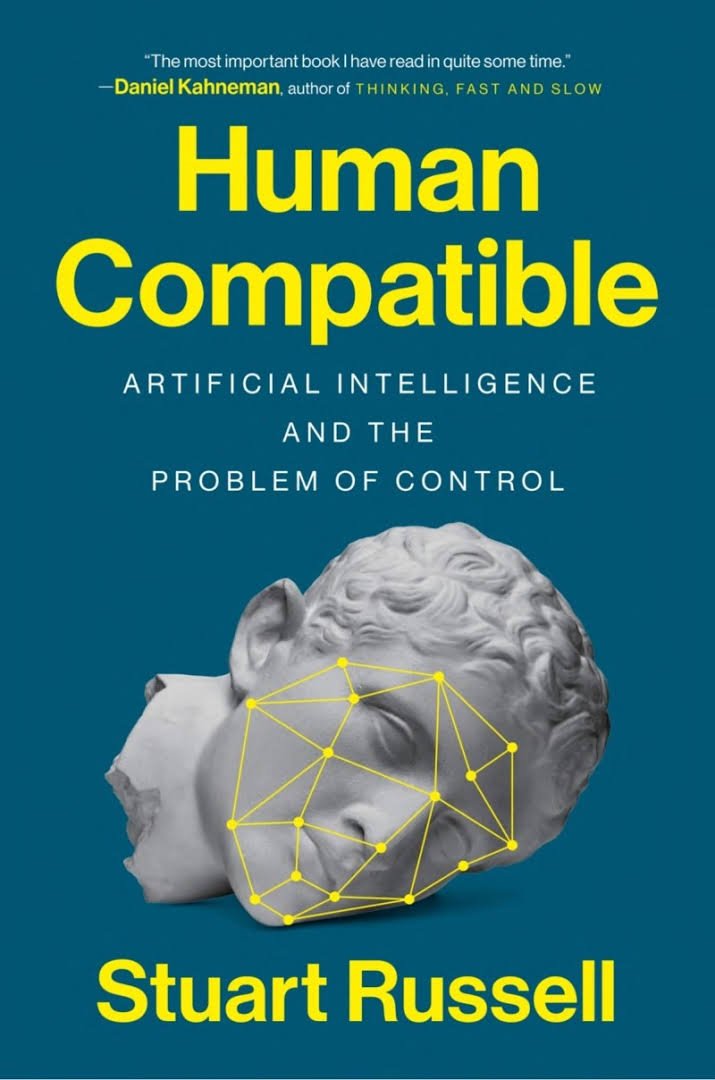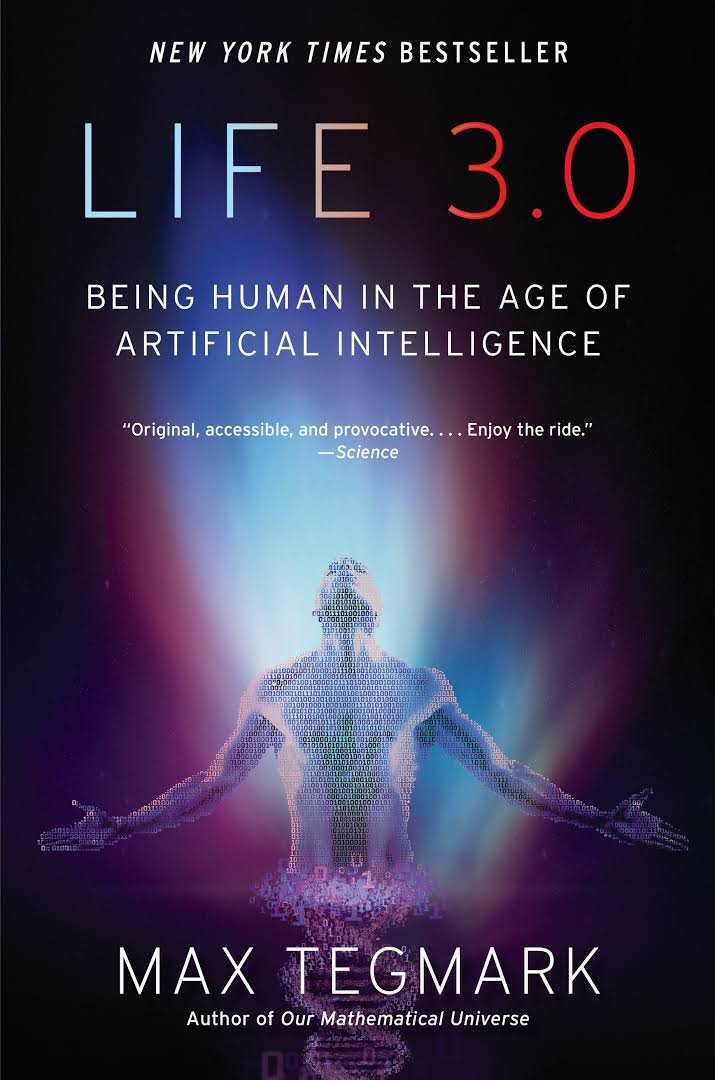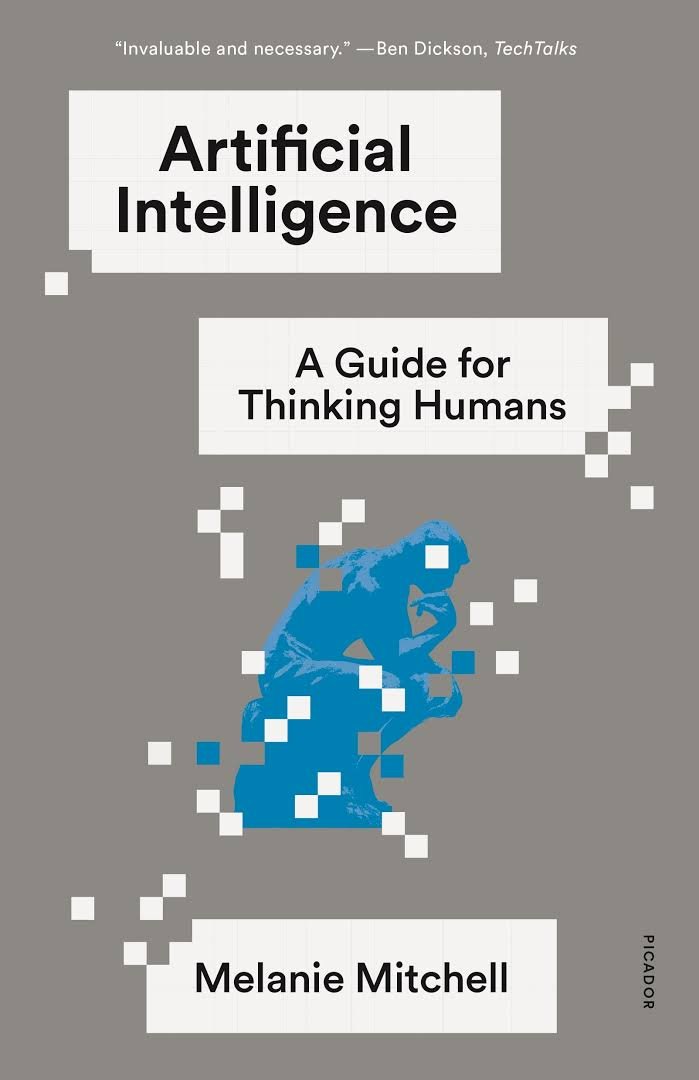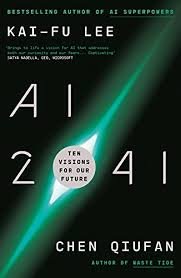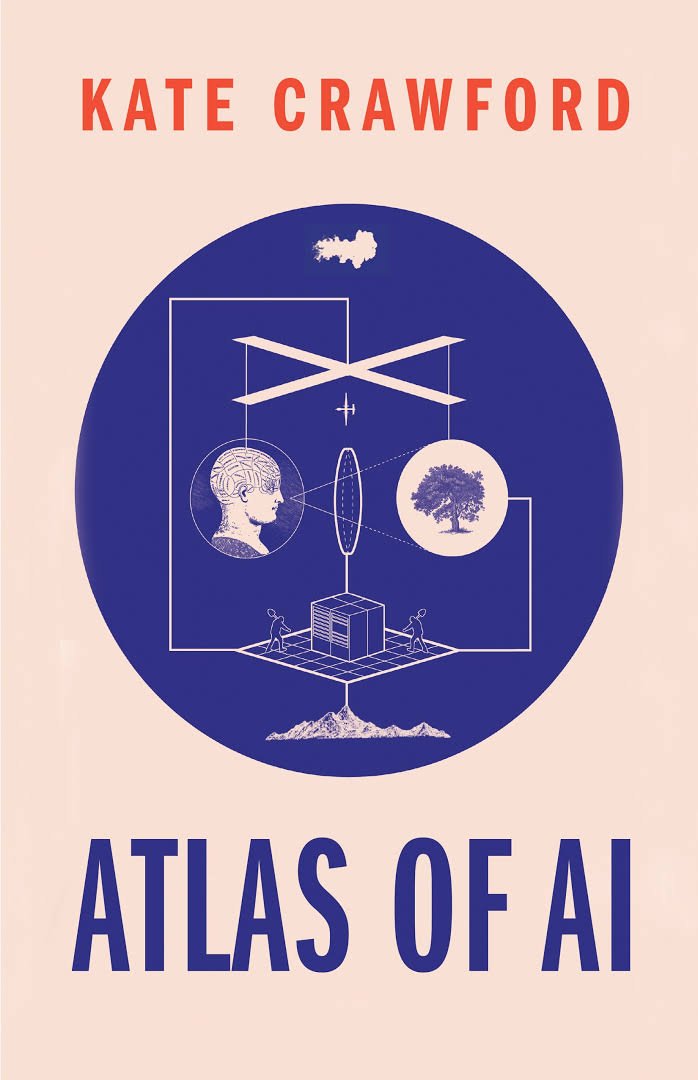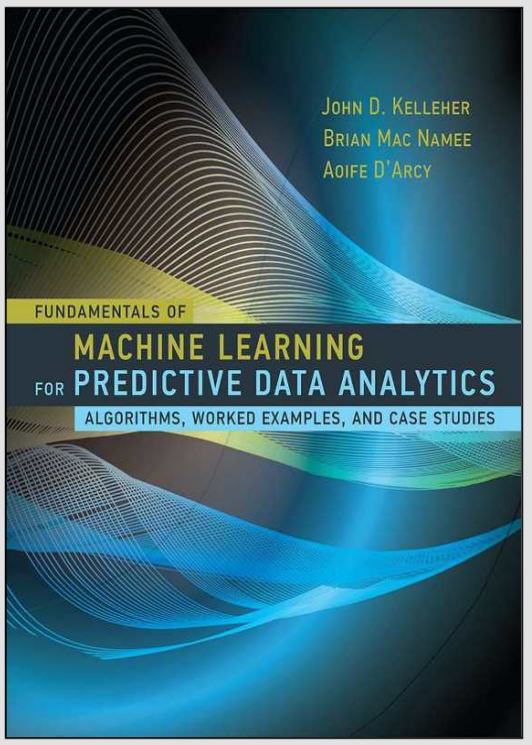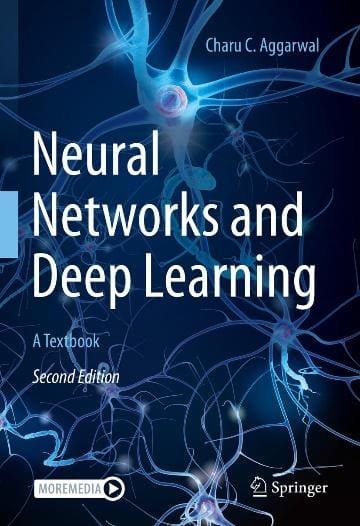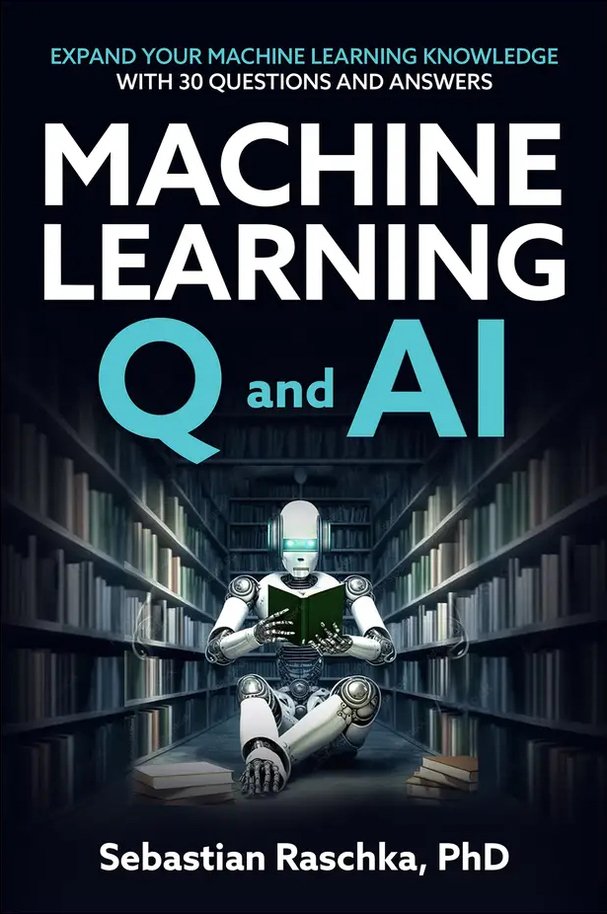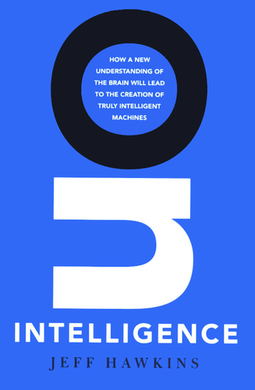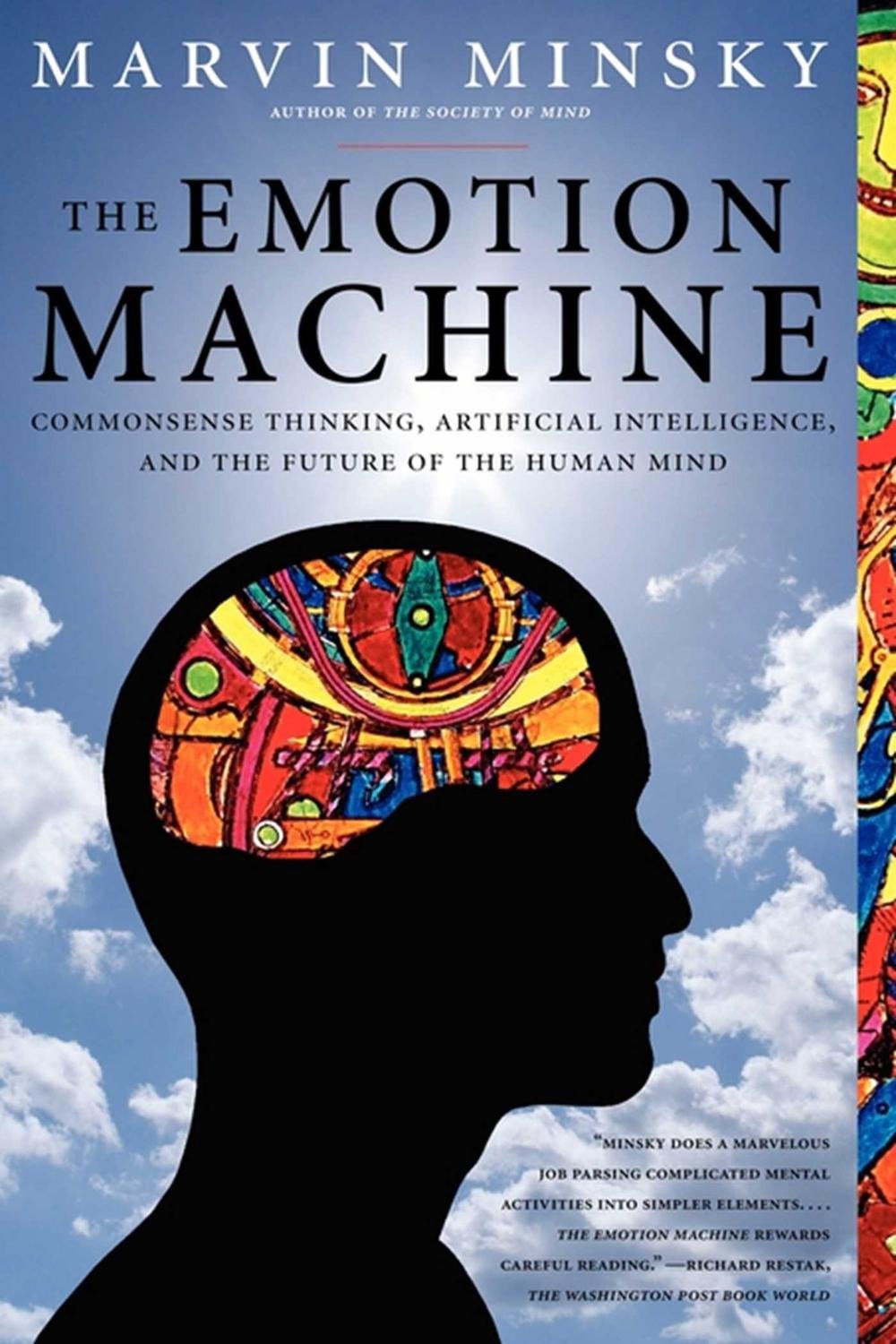

Foundations of Robotics: A Multidisciplinary Approach with Python and ROS
Reviews
No review yet. Be the first to review this book!
Description
"Foundations of Robotics: A Multidisciplinary Approach with Python and ROS" Authors: Damith Herath and David St-Onge "Foundations of Robotics: A Multidisciplinary Approach with Python and ROS" by Damith Herath and David St-Onge presents a modern and holistic introduction to the field of robotics, deliberately designed for a wide-ranging audience that includes engineers, computer scientists, designers, artists, and educators. This book goes beyond the conventional technical focus of robotics texts by integrating creative, humanistic, and interdisciplinary perspectives with rigorous computational and mechanical foundations. A core strength of the book is its project-based and hands-on learning approach, which encourages readers not only to understand robotics theoretically but also to engage actively with building and programming robotic systems. The authors provide foundational knowledge across several key domains—mechanics, electronics, control theory, programming, interaction design, and machine learning—making the book a truly multidisciplinary resource. The use of Python and the Robot Operating System (ROS) as central tools allows for accessible entry into real-world robotic programming and control, enabling learners to engage with the same technologies used in industrial and academic robotics research. The book covers essential topics such as kinematics, perception, sensor integration, actuator control, and robot motion planning, and also introduces more advanced themes like Bayesian reasoning for localization, multi-robot collaboration, and machine learning techniques for adaptive behavior. Herath and St-Onge place a strong emphasis on ethics, design thinking, and human-robot interaction, prompting readers to consider the societal impact of robotics alongside the technical challenges. This includes discussions on the aesthetics of robot design, interaction safety, the role of robotics in public spaces, and ethical dilemmas posed by increasing autonomy in machines. They also incorporate user-centered and participatory design principles, encouraging students to think about how robots are perceived and used by diverse communities. What sets this book apart is not just its technical breadth but also its cultural and philosophical engagement with robotics as a transformative human endeavor. Through structured lessons, illustrative examples, and practical design challenges—such as building mobile robots or robotic manipulators—students are guided through a journey that links foundational skills to real-world applications. As such, Foundations of Robotics is not only an educational textbook but also a call to reimagine robotics education as a space where creativity, responsibility, and technical excellence meet. It is ideal for undergraduate coursework, early graduate study, or independent learners seeking a balanced and forward-looking introduction to the robotics field.



















.jpeg)




.jpg)
.jpg)




.jpg)







.png)



.jpg)
.jpg)






.jpg)

.jpeg)
.jpg)
.jpg)





.jpeg)




.jpeg)


.jpeg)










